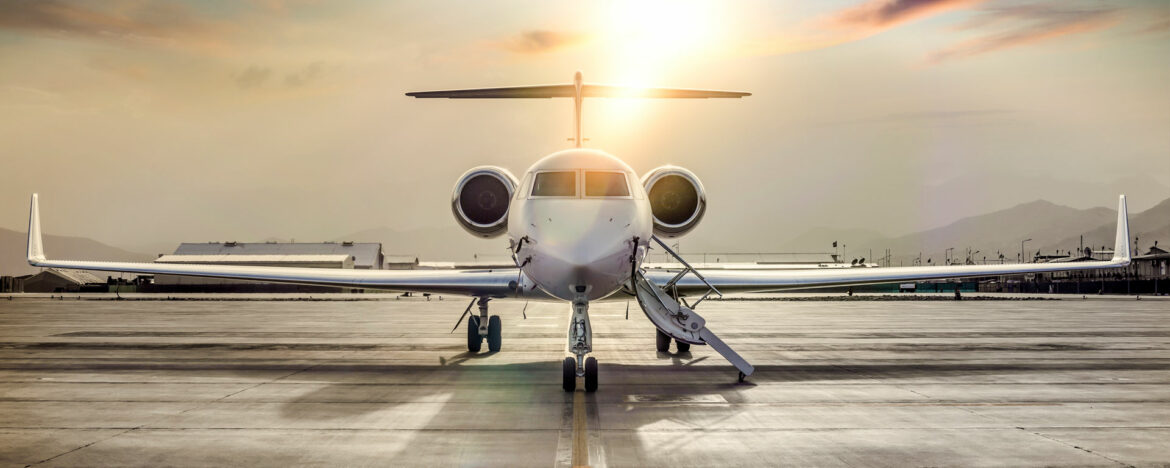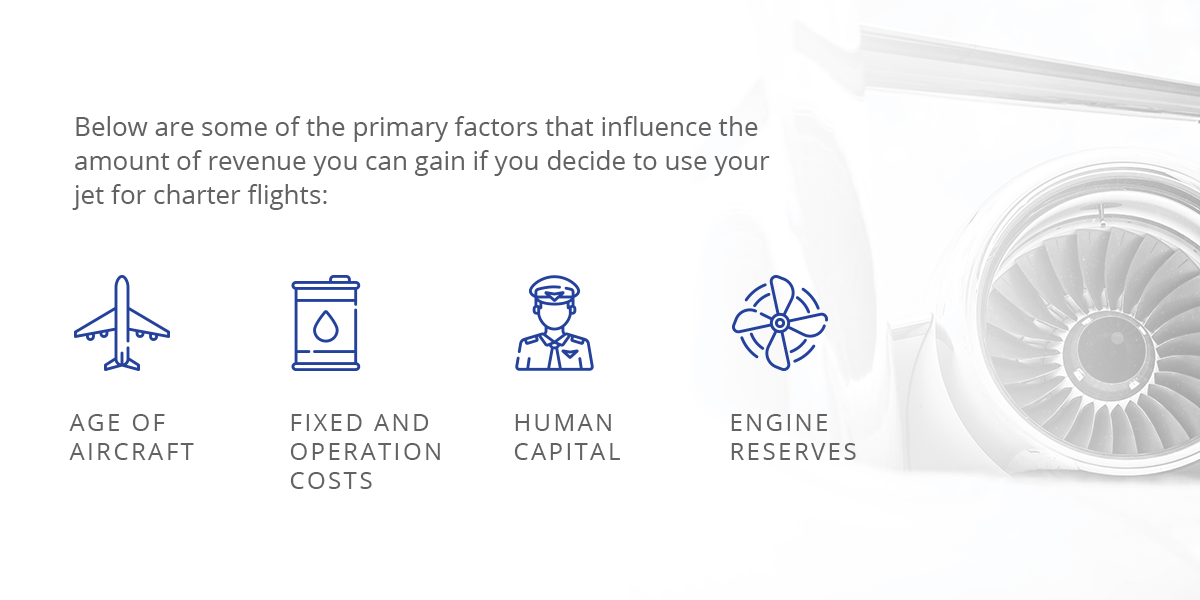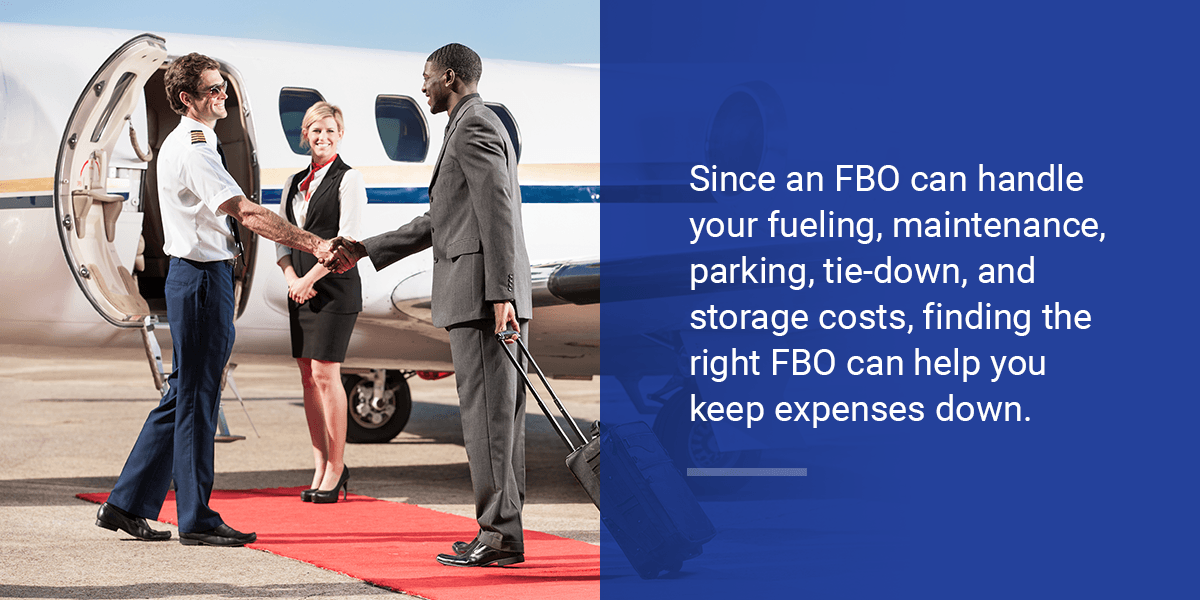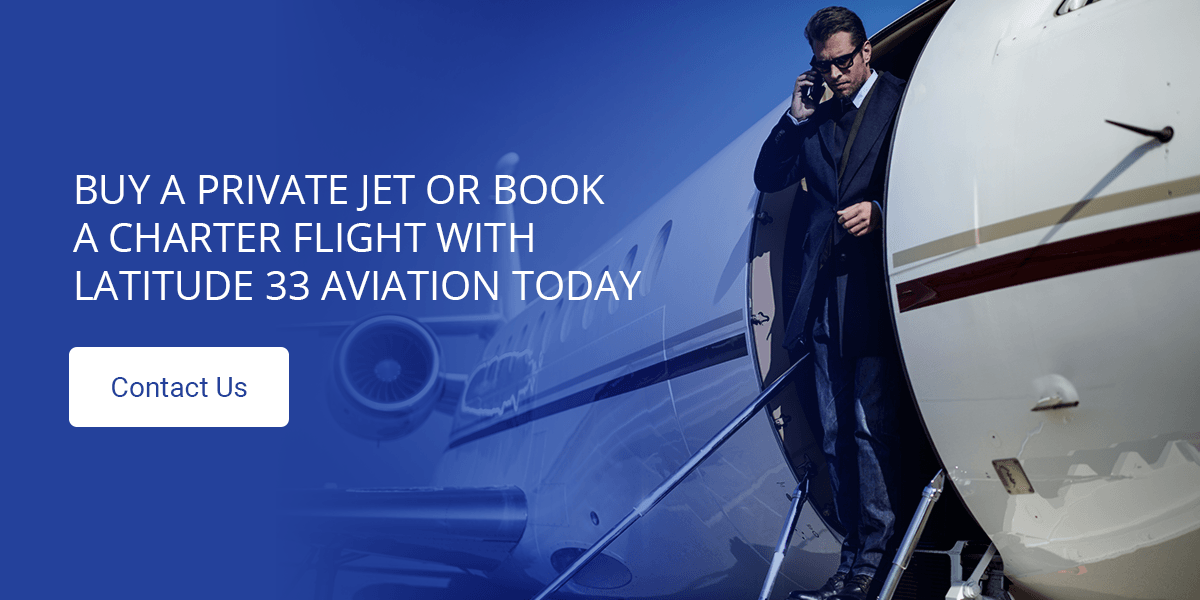The allure of private jet ownership is undeniable, offering unparalleled convenience and comfortability. For many, being able to invest in a private jet represents the pinnacle of success and freedom in travel.
However, the actual financial implications of private jet ownership extend far beyond the initial purchase price. When considering your first jet purchase, you want to consider the costs of owning and operating the aircraft so you know exactly what to expect.
How Much Does It Cost to Buy a Private Jet?
The most apparent cost of buying a plane is the purchase price, which varies depending on the aircraft’s size and capabilities.
- Very light jets: These entry-level private jets, such as the Embraer Phenom or Cessna Citation Mustang, typically start around $3 million. They’re ideal for short trips and can accommodate four to six passengers.
- Light jets: With prices ranging from $4 million to $8 million, light jets like the Cessna Citation CJ3+ or Embraer Phenom 300 offer increased range and passenger capacity, making them suitable for regional travel.
- Midsize jets: Priced between $9 million to $20 million, midsize jets such as the Cessna Citation XLS+ or Bombardier Challenger 350 provide transcontinental range and enhanced comfort for 5 to 10 passengers.
- Super-midsize jets: These aircraft, including the Gulfstream G280 or Dassault Falcon 2000S, range from $20 to $25 million. They offer an intercontinental range and lavish amenities for 8 to 12 passengers.
- Heavy jets: At the top end of the market, heavy jets like the Gulfstream G650 or Bombardier Global 7500 can cost $35 million to over $70 million. These aircraft have a global range and can come with extravagant features, accommodating up to 19 passengers in total comfort.
New vs. Used Private Jets
Opting for a pre-owned aircraft can significantly reduce the initial cost, with used jets typically costing 20% to 50% less than new models. However, buying a pre-owned jet comes with additional hidden costs. Older aircraft may require more frequent repairs and component replacements. They may consume more fuel and need costly upgrades and modifications to meet current navigation, communication, and regulatory standards.
Financing
Financing a private jet usually requires a 10% to 20% down payment, with the remainder financed for up to 20 years. Interest rates for aircraft loans range from 6% to 8% for well-qualified buyers, adding substantially to the total expense of ownership over time.
Costs of Owning and Operating a Private Jet
How much does it cost to own a private jet? Beyond the costs of purchasing a private jet, owners must invest in ownership and operation costs. These expenses typically include:
1. Aircraft Insurance
Private jet insurance costs typically range from 1% to 3% of the aircraft’s value annually. For a $20 million jet, this translates to $200,000 to $600,000 per year. Factors affecting premiums include:
- Aircraft value and type
- Intended use (personal, charter, or corporate)
- Pilot experience and training
- Coverage limits and deductibles
- Claims history
- Operating area (domestic or international)
2. Hangar or Parking Fees
Hangar fees for private jets can be substantial, especially in prime locations or major metropolitan areas. Costs vary widely based on location, aircraft size, and facility amenities, generally starting from $30,000 and going up to over $200,000 annually.
3. Regulatory Compliance Fees
Compliance with aviation regulations incurs ongoing costs, including:
- Aircraft registration fees
- Airworthiness certifications
- Annual inspections
- Pilot medical examinations and license renewals
- Compliance with noise and emissions regulations
- International permits and overflight rights
These fees can accumulate to tens of thousands of dollars annually, especially for aircraft operating internationally.
4. Tax Considerations
The tax implications of owning a private jet can be complex and significant. Depending on how the aircraft is used, owners may benefit from depreciation deductions, which can offset some ownership costs. However, personal use of the aircraft may result in taxable fringe benefits.
Sales and use taxes on the initial purchase can be substantial, sometimes reaching millions of dollars for larger jets. Owners must also navigate federal excise taxes on flights, property taxes in some jurisdictions, and potential international tax issues.
5. Aircraft Management
Many private jet owners opt for professional management services to handle the complexities of aircraft operations. Aircraft management services often include fleet insurance, fuel, labor, and parts discounts, as well as offsetting ownership costs with charter revenue. These services typically charge 10% to 15% of the aircraft’s annual operating cost, amounting to hundreds of thousands of dollars for heavy jets.
6. Fuel Costs
Fuel is one of the largest variable expenses in aircraft operation. Consumption rates vary widely based on aircraft size, current fuel costs, and flight profile. A midsize jet might burn 200 gallons an hour, costing $520 to $600 to refuel. For frequent flyers, annual fuel costs can easily exceed $1 million.
7. Crew Expenses
Crew and pilot salaries for private jets range from $85,000 to $300,000 per year, per person, depending on experience and aircraft type. Many jets require two pilots and additional crew members, like cabin attendants.
Working with a private jet management company like Latitude 33 Aviation allows access to a pilot pool, potentially reducing costs compared to maintaining a dedicated crew.
8. Aircraft Maintenance and Repair
Annual maintenance costs for private jets typically range from 5% to 10% of the aircraft’s value. Standard costs include routine inspections, component replacements, and unexpected repairs. Additional costs include cleaning, de-icing, and scheduled major inspections, which can exceed $1 million for large jets.
9. Operational Costs
Every flight incurs additional expenses covered under the flight’s operational budget. These include fees for landing, handling, navigation, and catering. When it comes to navigation fees, some countries require a fee to fly through their airspace. These fees show up like taxes on landing fee invoices.
10. Administrative and Legal Fees
Ongoing legal and administrative support for contract management, insurance policy management, financial reporting, tax planning, and regulatory compliance can cost several thousand dollars annually. These fees depend on the complexity of the operation and the extent of services required.
11. Aircraft Depreciation
While not a direct out-of-pocket expense, depreciation rates for private aircraft significantly impact the total cost of ownership. Jets typically depreciate 10% to 15% in the first year and 5% to 10% annually thereafter. Depreciation affects resale value and has tax implications.
12. Upgrades
Aircraft may require upgrades, especially when they’re bought pre-owned or need upgrades to comply with evolving regulations. Avionics updates, cabin refurbishments, and performance enhancements can cost millions over the aircraft’s lifetime.
How to Reduce Jet Ownership Costs
Alternative options exist for those seeking the benefits of private aviation without the full responsibility of ownership. You can reduce jet ownership costs by doing the following:
Chartering a Private Jet
Chartering a private jet may be the most cost-effective option for those who travel infrequently. It provides the luxury and convenience of private jet travel without the fixed ownership costs. The benefits of chartering include flexibility, privacy, security, access to various aircraft types, and no long-term financial commitment.
Fractional Jet Ownership
Fractional ownership offers a middle ground between full ownership and chartering. Buyers purchase a share of an aircraft and become one of many owners. Fraction jet ownership may provide more consistent aircraft access than chartering, with lower upfront and fixed costs than full ownership.
Enjoy Private Travel With Latitude 33 Aviation
Owning and operating a private jet comes with many upfront and secondary costs. Understanding these costs can help you make an informed decision when purchasing your private jet. For many, alternatives like chartering or fractional ownership provide a more balanced approach to private aviation.
Latitude 33 Aviation offers expert guidance and premium solutions across all of these options. As a leader in private jet charter, executive jet management, and aircraft sales, we provide unmatched ultra-tailored services and premium aircraft solutions. Contact us today to explore how we can tailor a private aviation solution to your needs.






